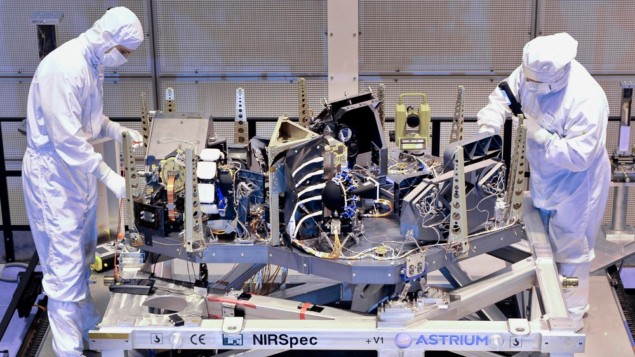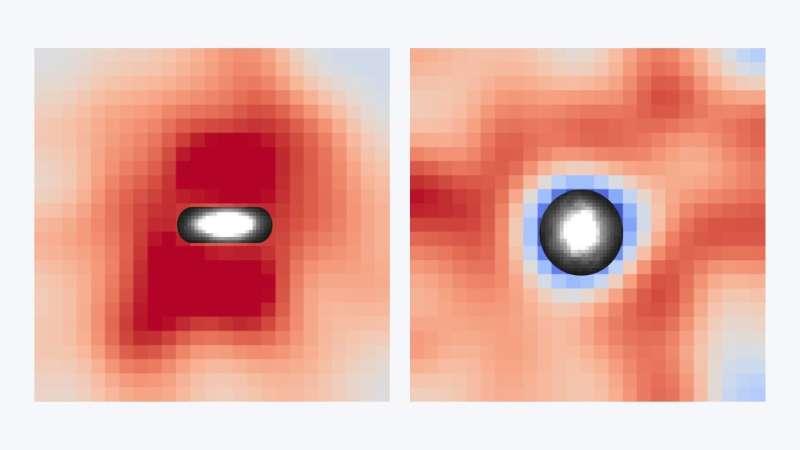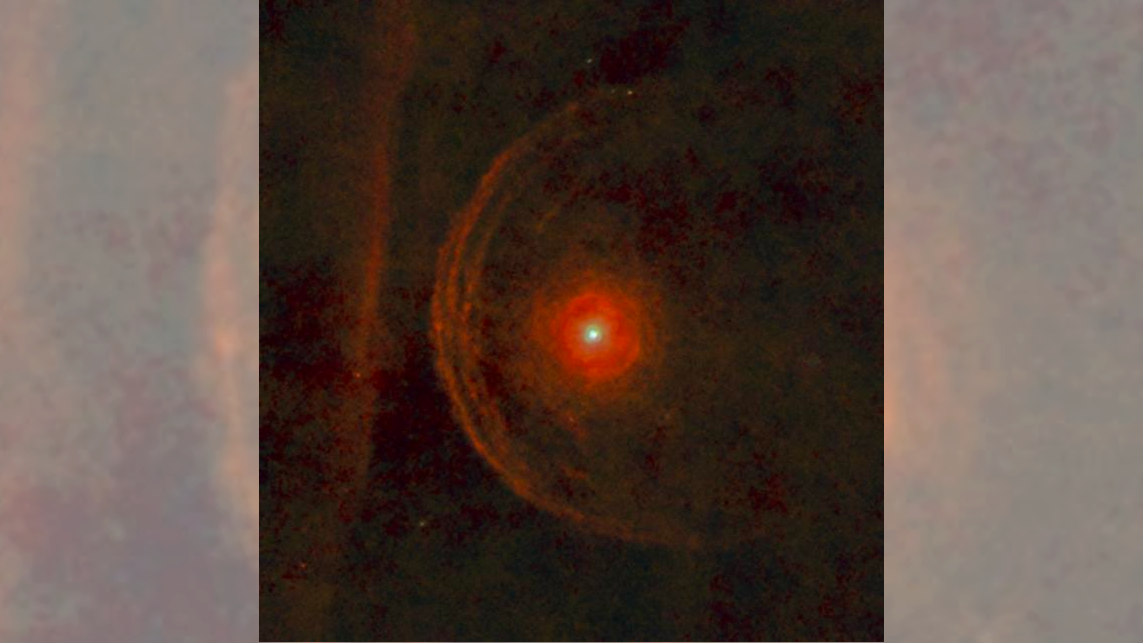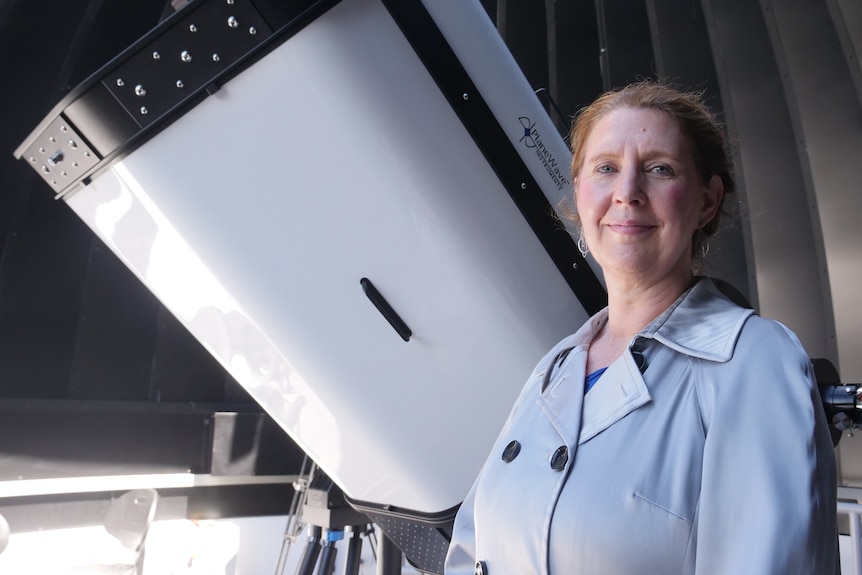-
Space Station to Earth: Houston, We Have Found the Tomato
The NASA astronaut Frank Rubio grew a tomato in space, but then it disappeared. Suspicion trailed Mr. Rubio for months, but he was proved innocent. The NASA astronaut Frank Rubio returned to Earth in September after completing the longest single spaceflight for an American astronaut and had to confront one small, red mark on his…
-
Space photo of the week: ‘Magical’ Milky Way cuts through the Valley of the Moon in Chile’s Atacama Desert
What it is: The Milky Way over Valle de la Luna (Valley of the Moon) Where it is: The Atacama Desert, in Chile Why it’s so special: Astronomy has long been conducted mainly from mountaintops and other high-altitude locations, far above Earth’s hot, dense air and far from light pollution. It doesn’t get much higher…
-
James Webb telescope finds ‘vanishing’ galaxy from the dawn of the universe
This image of a galaxy from the early universe is hardly what you’d call dazzling. You are looking at a very blurry, highly dust-obscured resident of the cosmos whose name is only a string of numbers and letters. It even sits at a distance so far from Earth that it slips in and out of the watchful…
-
Lots of oxygen existed in the early universe, JWST reveals

Cutting edge: NIRSpec being readied for the launch of the JWST. (Courtesy: Astrium/NIRSpec) Using a cutting-edge spectrograph on the James Webb Space Telescope (JWST), astronomers have found evidence that interstellar oxygen was far more abundant in many ancient galaxies than previously thought. Led by Kimihiko Nakajima at the National Astronomical Observatory of Japan, the team…
-
Astronomers discover galaxies have bipolar gas outflows reaching far into intergalactic space

Gas outflows (red) near spiral galaxies (white). The left image shows the outflow of gas for the group of galaxies we see edge on. It is clear that most of the gas escapes upward and downward into intergalactic space. The right image shows the galaxies we see face on. A ring of gas is visible…
-
Intergalactic ‘stream of stars’ 10 times longer than the Milky Way is the 1st of its kind ever spotted
The intergalactic stellar stream (highlighted) was spotted in galaxy cluster 231 million light-years from Earth. (Image credit: William Herschel Telescope/Román et al.) Astronomers have accidentally discovered the first known intergalactic trail of stars. The gigantic “stellar stream,” which is around 10 times longer than the Milky Way, suggests that more of these structures could be…
-
One of the brightest stars in the sky will ‘blink out’ on Dec. 12. Here’s how to watch.

Next week, a rare celestial event will occur as an asteroid blocks the red supergiant star Betelgeuse in the constellation Orion. Betelgeuse, usually the 10th-brightest star in the night sky, will briefly blink off Monday, Dec. 11 as the asteroid 319 Leona appears to pass in front of it from our point of view on…
-
In the Search for Life beyond Earth, NASA Dreams Big for a Future Space Telescope
The first steps to solve the millennia-old mystery of our true place in the universe happened, of all places, on a brisk and early Tuesday morning in the unremarkable conference room of a hotel in Washington, D.C. Here a team of legendary heroes assembled on Halloween—Gandalf and a Star Trek captain among them. Yet these…
-
Canadian astronaut assignments reflect growth of Canada’s ‘Space Force’
Canada’s next two astronauts in space will shine a light on the country’s fast-growing military space activities, says its top military space official. Canadian Space Agency (CSA) astronauts Jeremy Hansen and Josh Kutryk are both colonels and pilots with the Royal Canadian Air Force. This year they were assigned to the Artemis 2 moon mission…
-
A ‘world-first’ telescope allowing Australia to play a starring role in space communications
More than half a century after a tracking station in the ACT’s Namadgi National Park broadcast the grainy footage of Neil Armstrong’s first steps on the moon, a new telescope will allow Canberra to play another starring role in space communications. Key points: A new telescope at Mount Stromlo will give researchers thousands of times more…
